Ormond Ferraris is a South African racing institution. He first took out his licence in 1952, meaning training winners has been his business for a remarkable sixty-four years. He holds a record of ten SA Oaks and eight SA Derbies, he has twice been SA champion trainer, he won the1994 Summer Cup with Sizzling Sun, ran 2nd in one of the most controversial Durban Julys with Distinctly in 1975 and trained 2013 Triple Tiara winner, Cherry On The Top. On 12 March 2016 Mr Ferraris celebrated a milestone 2,500th career winner when Romany Prince won the Listed Drum Star Handicap, two weeks before his birthday. He has done sterling work on the Trainers Benevolent Fund, he is respected as a horseman and also as someone who is not afraid to speak his mind on industry matters. At 84, he is as fastidious, clear minded and direct as ever. We meet the man behind the formidable reputation.
“There aren’t too many owners out there. The poor man is gone, the middle man is dying away, leaving you with just the millionaires and billionaires. If you don’t train for them, it’s very hard.”
So opines Ormond Ferraris ahead of the 2016 National Yearling Sale. “Racing has changed, but I’m afraid to say not for the better. In the old days, if you went to the Summer Handicap, it was chock-a-block. If you weren’t quick to get a pozzie, end to end the stand was totally full. Now you can count the number of people. Our racecourses are like morgues and there are just a handful of big owners left – I guess they’ll have to keep it going.”
The tone is one of resignation and coming from someone with 60 years of watching the ebb and flow of the local industry, it makes for sober listening. Economical with his words and frank in his opinions, Ferraris’ manner is gracious and thoughtful nonetheless. He speaks softly but firmly, recalling dates and events like they happened yesterday.
Ormond Arthur Ferraris was born in the Free State town of Heilbron on 31 March 1932. “I grew up in the South of Johannesburg with stables all around the area. I attended school with a friend whose parents owned a farm in Lambton, Germiston. I rode horses on the farm and that is where my interest and love for horses began.”
His uncle, Arthur Victor was a jockey, but it is mainly thanks to his mother’s friendship with the wife of local trainer, George Weale that young Ormond found his way into racing. “He trained for all those greats of the turf — Sir Abe Bailey, Solly Joel, the Hon Hugh Wyndham and Norbert Erleigh – yet was a very ordinary man and had no airs or graces. A thorough gentleman. I wanted to become a jockey, but George felt I was too tall and heavy. He then offered that I could become his assistant.” Ferraris was 17 years old when he became Weale’s licensed assistant and worked under him for four years before striking out on his own, but the old school discipline is still in evidence. “I like to see very nice, clean boxes, plenty bedding and have the surroundings very clean. In the old days grooms took pride in their work, but like so much else, it’s just a job these days.”
Starting Out
“When I started training we had courses in Auckland Park, Benoni, Germiston, Newmarket, Turffontein, Bloemfontein and the Vaal. Newmarket and Turffontein were the most testing courses. I trained from Stanton Street in Turffontein with 8 stables (these stables are still standing today). I later moved to the Lindberghs’ property on Holt Street in Forest Hill – it was a 10 acre property with a house and 15 boxes. I paid 7 pound 5 shillings a month rent.”
“I then built my own stables at Newmarket. It consisted of a house and 30 boxes. These were next to Mr Passmore and G Azzie. After selling the Newmarket stables, I moved to Turffontein Racecourse and was given 60 boxes in 1980, which I still train from.”
“My first winner as a Registered Trainer was Shenandoah on 14 August 1954, ridden by G Masterson and owned by my first patron, Attorney Moodie of Moodie and Robertson, attorneys for Johannesburg City Council.”
Patrons
“When I lost my wife, Graham Beck phoned me up and gave me quite a few imported horses, but before that I hadn’t trained for any of these millionaires – I just trained for ordinary people. I have trained for Peter Dimakogiannis for 40 odd years. Other loyal patrons have been Ronnie Burg, Larry Nestadt, Colin Hyams and Harry Izikowitz. Others have passed away. I trained for Paddy Hinton for 25 years. We had great fun racing together and major successes. He was very lucky, but he left everything to me. I picked the horses I liked and trained them the way I wanted.”
A notable Hinton horse was Tracy’s Element. “When we got the Australian sale catalogue, it had the first crop of Last Tycoons. I liked his bloodlines so much and said we must try and get one of them. It was a long trip to Australia and when we got there Hinton said he was going to rest. I said I could never rest in the day and went to look at the horses. She was in the first line of horses I walked through.
What was so good about her is that she won Gr1 races here and then went to stud in Australia and threw Group 1 winners. Unbelievable.”
Another standout filly is Triple Tiara winner, Cherry On The Top. “When Mauritzfontein’s previous stud manager left, they were looking for a replacement. I recommended Guy Murdoch and he’s done very well for them. In appreciation for getting them Guy, Mrs Oppenheimer gave me Cherry On The Top and Erin, but they were the first horses I trained for them. Wish it had been 20 years ago!”
Racing fans will also associate him with names such as Pretty Border, St Just, Distinctly, Black Bishop, Overarching, Silver Point, Travel North and Fine Regent, who won the Newmarket Triple Crown. “He was a Del Sarto. I bought him at the Cape Sale for R60k. I didn’t go for very expensive horses – there seems to be a mock on them and they don’t do too well,” he says. “I’ve had some great horses – it’s hard to single one out.”
What’s his secret to picking horses?
“It is difficult to say what makes a great horse, but I do believe a horse with a great heart and a will to win.” He is a firm believer in the pedigree page. “Mrs Lindbergh always said ‘Blood will tell’. I lean towards speed stallions – we have enough stamina in our dams – but the most important thing to look at is a horse with good straight legs.”
“I’m actually a Karoo man. If you take a glass of water and leave it overnight, you won’t believe the sediment of lime. All the Karoo farms are like that. It’s got to make for strong bones. The climate warrants it too – it’s very hot in summer and very cold in winter.”
Career Highs
“I like the SA Derby and the SA Oaks. I’ve had 5 winners on a day six times – I think that’s satisfying. Once you’ve picked the horse, and bought it yourself, trained it and it wins a big race, I think that’s the satisfying part. When you’ve picked it yourself and haven’t bought a ready-made horse, you’ve achieved something.”
Lows
Asked to name his biggest disappointment, he chooses the 1975 July. “When Distinctly got beaten in the July, I should have won by lengths. Van Booma had to stop riding the horse due to interference from Gatecrasher. Gatecrasher won, but was relegated to third place and Principal Boy, who was racing on the inside on its own, won by a head.”
“We planned everything to perfection. We flew the horse there as well – and it wasn’t cheap in those days – they were still experimenting. It was quite a thing to pull the float into the airplane. The noise! But nothing worried him. He was a great little horse. Fearless. It was so sad to lose that race like that.” He tells the tale matter-of-factly, but it is clear the experience still rankles, even 4 decades later.
Benevolent Fund
An initiative very close to his heart is the Benevolent Fund. “I’ve been a long-standing member of the Owners & Trainers Association and was the chairman at one time. Now they’ve split it, which I think wasn’t a good thing. However, the RA is now the owners. There’s no more Trainers organisation – it fell away – but currently I chair the Owners and Trainers Benevolent Fund. I’ve seen a lot of old trainers end up with nothing and this fund is very dear to me as I feel that most of the dependents have been left with very little. I see how they battle and therefore try and help as much as I can to assist them financially. The Benevolent Funds gets a certain amount per a race from Phumelela and 5% of noms / acceptance fees from the RA, which helps immensely.”
Retirement?
Mr Ferraris almost retired in the mid-90’s, taking out an owner/trainer permit and handing over his string to his son David. However, shortly afterwards David received an offer to train in Hong Kong. “I said if you don’t take that you must be stone crazy. He took it, I took back the yard and have been here since. That was 13 years ago now.
Although he recently cut his string down to 40, Ferraris has no plans to retire any time soon. Things are so expensive and to make things pay these days is very difficult. But I don’t know what I’d do if I stopped tomorrow. I’ve thought about it hard, and I really don’t know. I think I’d be dead in a day.”
But what is it that keeps him going? “The love of the horse.”
Have Your Say - *Please Use Your Name & Surname*
Comments Policy
The Sporting Post encourages readers to comment in the
spirit of enlightening the topic being discussed, to add opinions or correct
errors. All posts are accepted on the condition that the Sporting Post can at
any time alter, correct or remove comments, either partially or entirely.
All posters are required to post under their actual name and surname - no anonymous posts or use of pseudonyms will be accepted. You can adjust your display name on your account page or to send corrections privately to the Editor. The Sporting Post will not publish comments submitted anonymously or under pseudonyms.
Please note that the views that are published are not necessarily those of the Sporting Post.
1 comment on “Ormond Ferraris”
Leave a Reply
‹ Previous
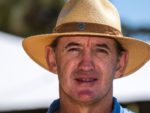



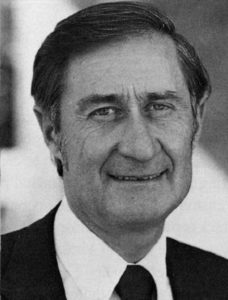
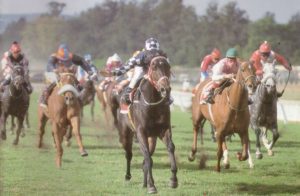
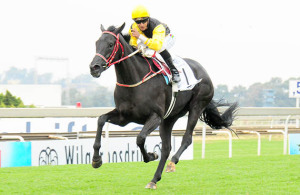
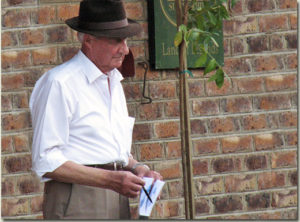
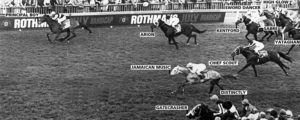
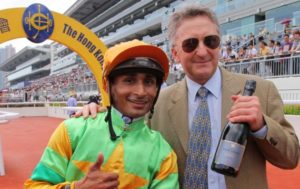
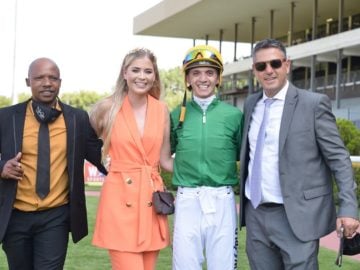
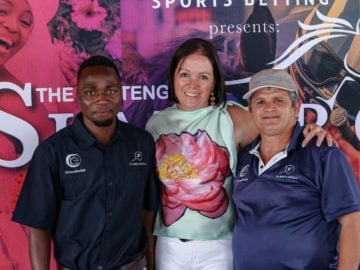
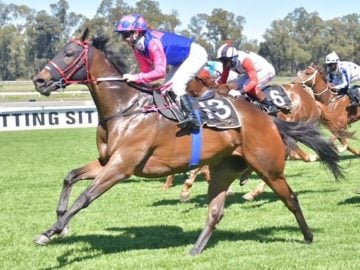
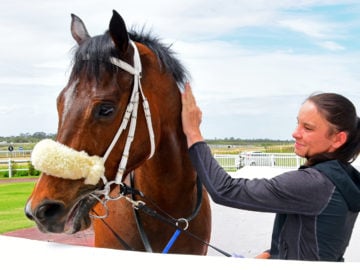
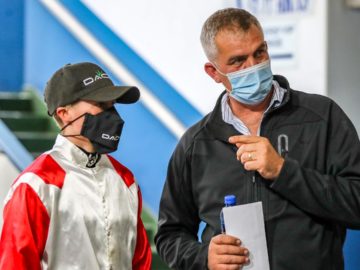






Thank you Mr Ferraris for everything that you’ve done for horseracing over many years. I look at the Cape Met and I agree 100% with you that horseracing is on the decline. The attendances have dropped dramatically. They have taken the day away from the man in the street and is only there for the rich people. Such a great pity. Keep well and thanks once again.